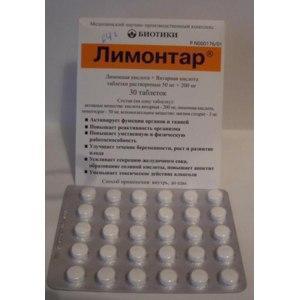griesburner
Member
- Joined
- Sep 29, 2017
- Messages
- 142
sounds very nice. would like to try some succinic acid too. Anyone know of a good source you can buy from germany? i only found some stuff from a russian company or some company where you have to buy 25kg at once.

